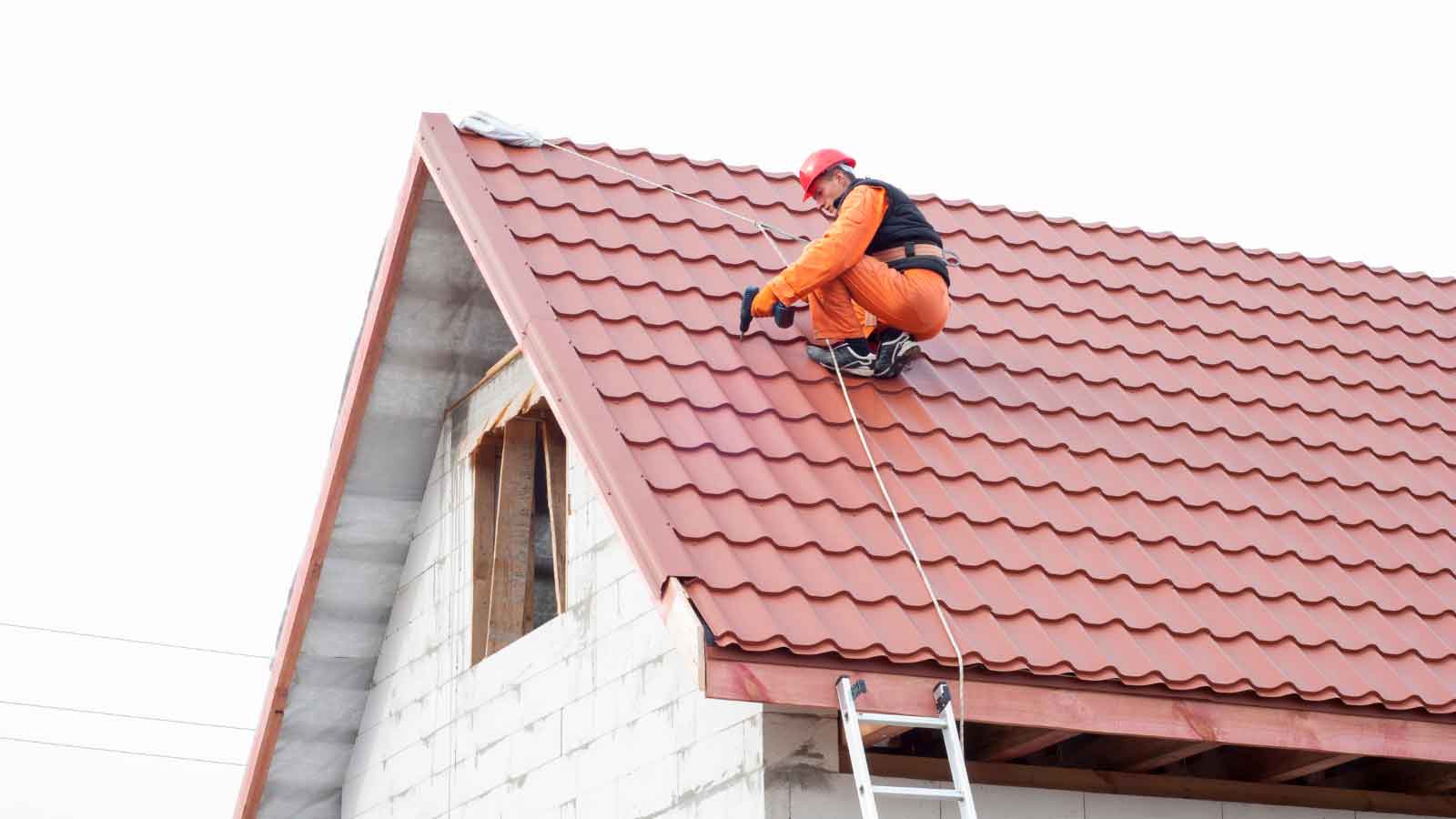Building Up? Look Up First.
Whenever you’re preparing to build a new structure, whether it’s an ADU or a second-story home addition, there’s one step that often gets overlooked: tree clearance.
It might seem like a small detail, but failing to account for overhanging branches or nearby root systems can stall your project or lead to costly consequences. In our latest short video, we walk you through what to check, who to call, and how to stay compliant with local codes and neighbor relations.
Why Trees Can Disrupt Your Construction Timeline
Trees might appear harmless at first glance, but once your framing crews or cranes arrive, those overhanging limbs become real obstacles.
Here’s what trees can impact:
-
Crane or delivery truck access to the job site
-
Safety of framing and roofing crews during vertical construction
-
Damage to tree roots from excavation or trenching
-
Interference with scaffolding or second-story framing
-
Shadow casting that affects solar installations or daylight planning
Neighbor Trees: Respect the Roots, Respect the Law
If the tree that’s interfering sits in a neighboring yard, it’s essential to approach it professionally. While branches may hang over your property line, cutting them without permission can risk liability, or worse, permanent damage to a tree that the neighbor values.
What to do:
-
Walk the property with your GC and mark tree hazards during early site prep
-
Communicate early with the neighbor if their tree is involved
-
Offer to split the cost of trimming, or coordinate with their arborist
-
Document any agreements in writing
Just because it’s on your side doesn’t always mean it’s your call. Being proactive builds good neighbor relations and avoids future disputes.
Plan for Clearance Before Your ADU or Addition Begins
Tree trimming should be done before materials are staged, fences are installed, or excavation begins. This allows for clean access and reduces the risk of equipment hitting limbs or crews working in unsafe conditions.
At Truecraft Construction, we always walk the site during the early design phase to identify clearance issues, whether it’s for ground-up ADU construction or a second-story addition.
Final Thoughts
If you’re building up, don’t just look at your floor plans. Look up.
Take a moment to evaluate the surrounding trees, both on your property and your neighbors’. A 15-minute call now can save thousands in delays, fines, or rework later.
https://www.instagram.com/reel/DLQ_fFXvlzw/
Watch the video above for a real-world walkthrough from one of our recent projects in Orange County.


